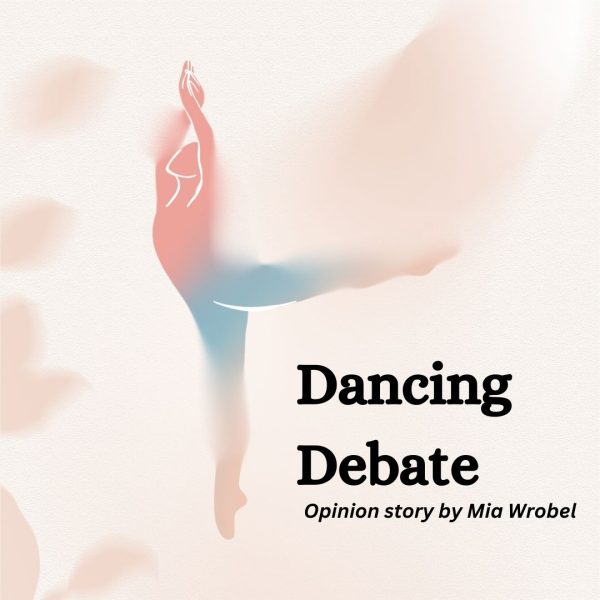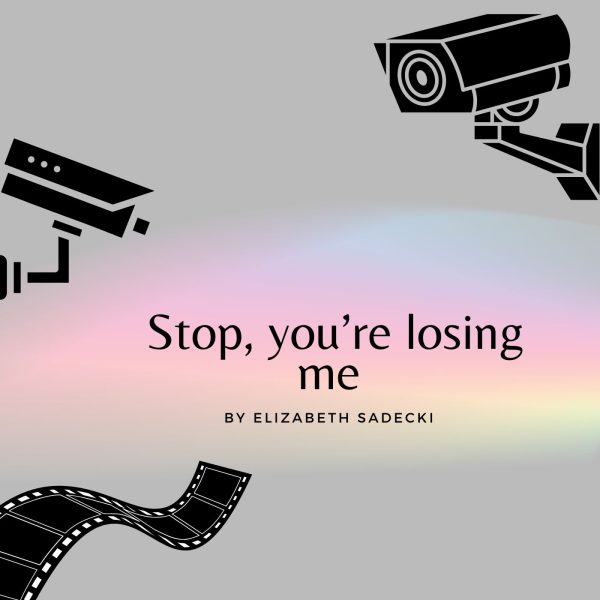Teens adopt different personalities online
As teens casually walk the school hallways acting themselves, some strut their fake stuff across the Internet and depict themselves as someone they’re not.
Teens enjoy expressing themselves and their “media style” personalities, a character someone acts like over the Internet who is not their real self. They expose identities through a personality they really aren’t.
This generation of teens transforms themselves from the quiet one in the hallways to the outgoing character on the Internet. They hide through the school, but spread opinions through websites. They whisper in class, but yell comments online.
The Internet is not the place to have Dissociative Identity Disorder (DID); a condition in which two or more distinct identities, or personality states are present in–and alternately take control of–an individual, as defined by Psychology Today.
DID over the Internet isn’t the way to score a at a fancy restaurant on Valentine’s Day with that crush from junior high.
Social media sites are a forum to share real opinions and thoughts, not for people to pretend to be someone they aren’t. Acting like a completely different person through words and inappropriate pictures is not a way to respect oneself.
Living in a world of fakeness creates a bad reputation with dishonesty. It creates unwanted attention when people say mean comments. It creates personal consequences, such as insecurity.
Students don’t need to act like the “Catfish” character on the MTV hit show, portraying themself with a different personality. Changing body images, careers and something as simple as a name can hurt and stop potential relationships.
Hit the gym to change that body type, don’t use Photoshop and overdramatic filters. Find a new job, rather than pretending to have a fake one. Don’t just decide on a new name, use the one given at birth.
If students can act a certain way over the Internet, then they can act the same way through the hallways.
Just be one person. And that’s it.
Your donation will support the student journalists of Eisenhower High School. Your contribution will allow us to purchase equipment and cover our annual website hosting costs.










